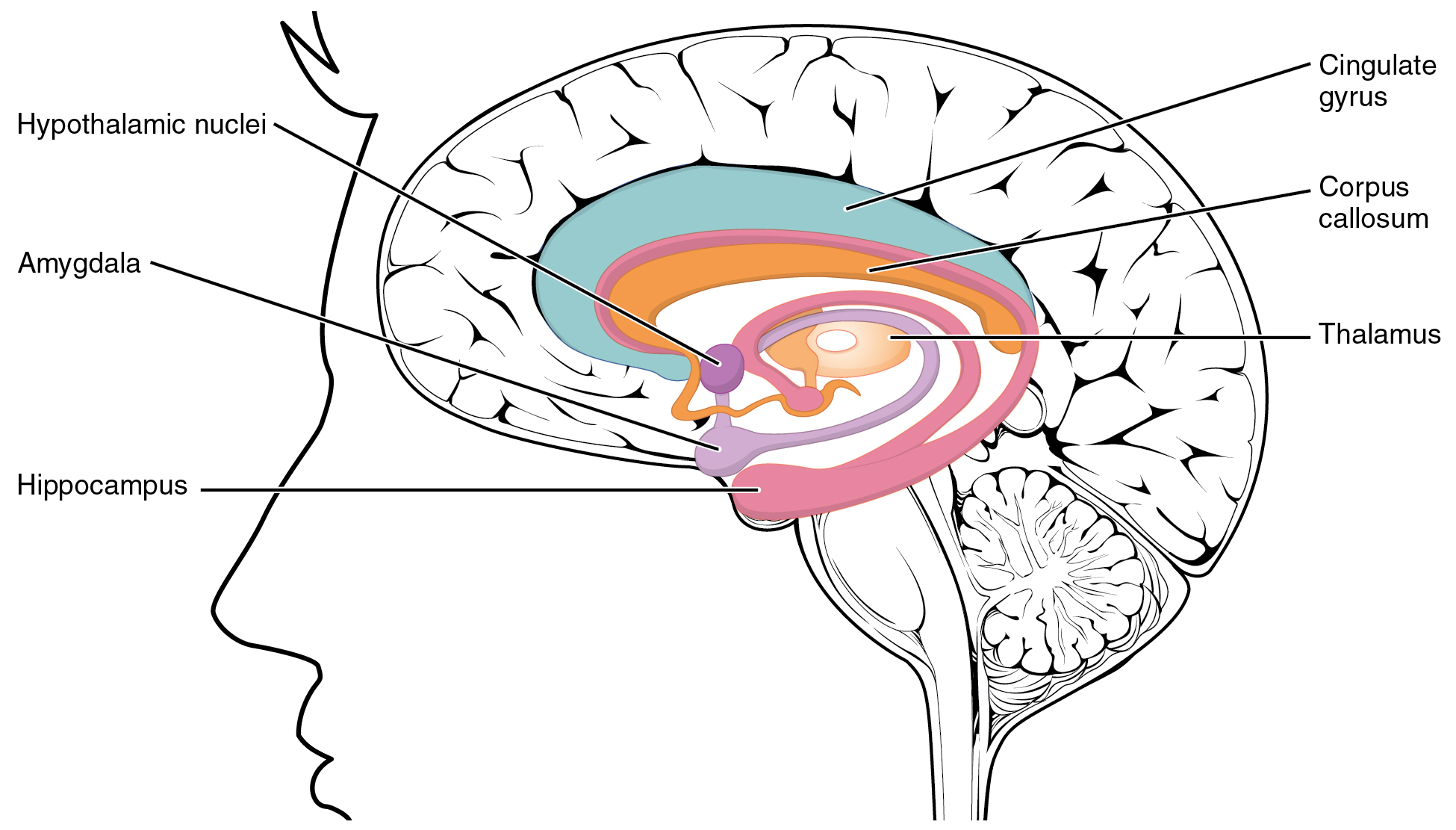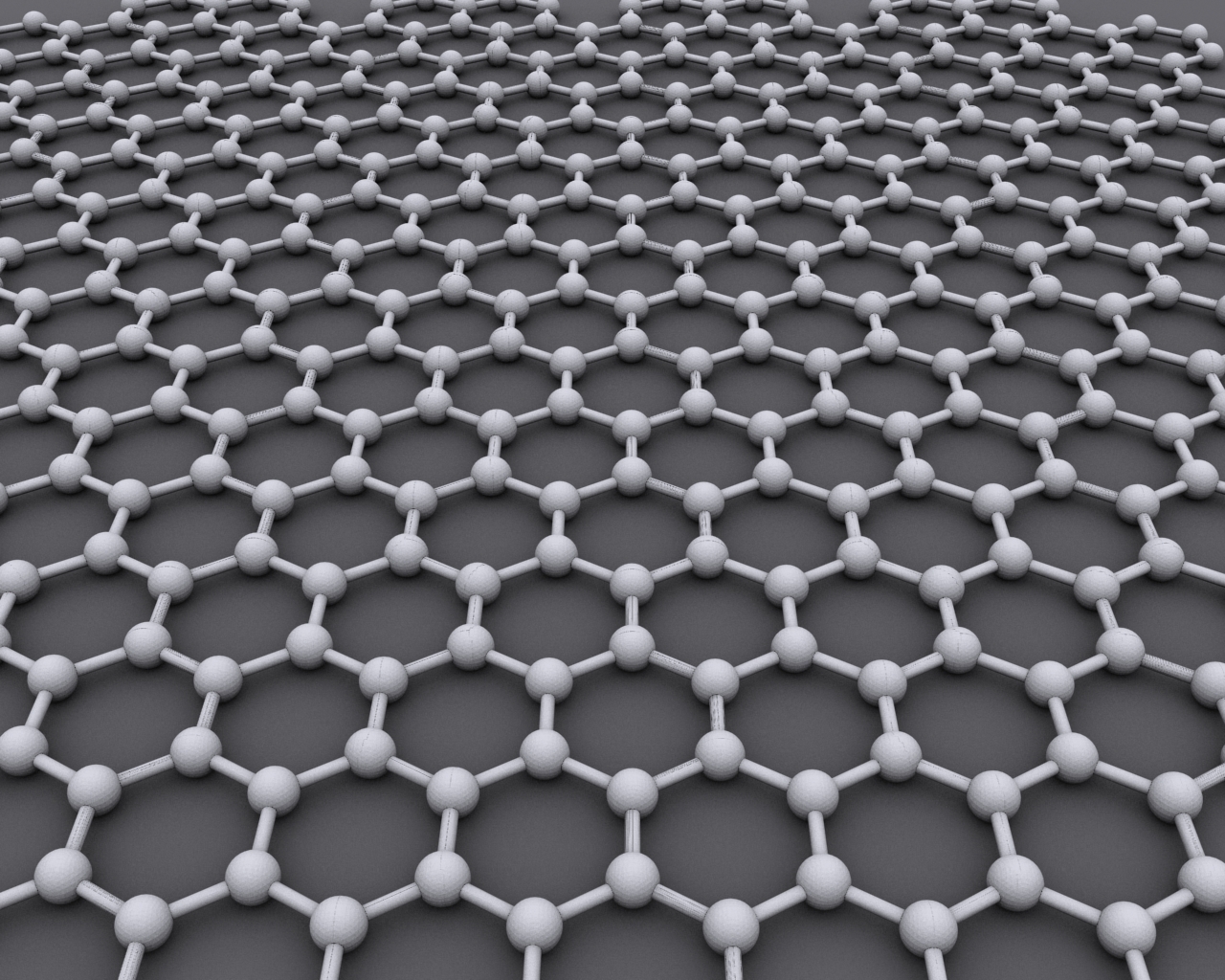 |
| cerebral circulation courtsey: wiki BruceBlaus |
Now Vrselja et al demonstrate that even several hours after death, circulation and cellular functions can be at least partially revived in mammalian brain. Sounds eerie indeed. But science fiction had already conceived this plot almost a century ago. Remember the 1925 Russian novel Head of Prof. Dowell ?.
But let us get back to Vrselja et al. To fully comprehend the significance and complexity of the experiments it is necessary to highlight the essential features of their investigations. Experiments were conducted on pig brains procured from USDA approved food processing facilities within 4 hours post mortem. Brains were surgically isolated just above the brain stem (medula oblongata), so as to keep the vascular system intact. The vascular system is necessary to circulate haemoglobin based (but cell-free) blood substitute. The entire experimental set-up, blood surrogate, various pumps, monitors, control units and computers, scanners is referred to as BrainEx. or simply BEx
32 pig brains 4 hours after disembodiment were carefully scooped out of the skull and hooked on to BrainEx maintained at 37 deg.C. First the research team established that the specially concocted blood surrogate enriched with nutrient and medicinal molecules flowed in and drained out through the major, minor and capillary vessels in the brain. Within an hour sodium and potassium levels registered normal levels. The team could detect cerebral metabolic activity as recorded by oxygen and glucose consumption data. Drugs meant to increase the circulation did exactly the same. Most importantly circulation ensured that swelling of brain (oedema) is contained and thus structural integrity of the organ is preserved. The team could keep the system going for a full 6 hours. That meant a total 10 hours after decapitation. During these 10 hours, individual neurones fired at random however there was no collective or concerted activity. Not yet.
What does this mean and where does this lead us to? Vrselja and team conclude that mammalian brain is much more resilient than our current assumptions. They are confident that more sophisticated versions of BEx could achieve much more. However an ethical dilemma too is looming large. Younger and Hyun both Professors of Bioethics at Case Western Reserve University School of Medicine, Cleveland, Ohio, state that " even now clinicians and bioethicist disagree over how long is long enough for paramedics to keep trying to resuscitate".
REFERENCES:
1. Professor Dowell's Head by Alexander Belyayev
2. Restoration of brain circulation and cellular functions hours post-mortem: Vrselja et al
Nature 18 April 2019 vol.568, pp336-343
2. Part revived pig brains raise ethical quandaries: Farahany et al Nature 18 April 2019-
vol.568,pp299-302
3. Pig brain study could fuel debate around death: Youngner et al Nature 18 April 2019,
vol.568, pp302-304
32 pig brains 4 hours after disembodiment were carefully scooped out of the skull and hooked on to BrainEx maintained at 37 deg.C. First the research team established that the specially concocted blood surrogate enriched with nutrient and medicinal molecules flowed in and drained out through the major, minor and capillary vessels in the brain. Within an hour sodium and potassium levels registered normal levels. The team could detect cerebral metabolic activity as recorded by oxygen and glucose consumption data. Drugs meant to increase the circulation did exactly the same. Most importantly circulation ensured that swelling of brain (oedema) is contained and thus structural integrity of the organ is preserved. The team could keep the system going for a full 6 hours. That meant a total 10 hours after decapitation. During these 10 hours, individual neurones fired at random however there was no collective or concerted activity. Not yet.
What does this mean and where does this lead us to? Vrselja and team conclude that mammalian brain is much more resilient than our current assumptions. They are confident that more sophisticated versions of BEx could achieve much more. However an ethical dilemma too is looming large. Younger and Hyun both Professors of Bioethics at Case Western Reserve University School of Medicine, Cleveland, Ohio, state that " even now clinicians and bioethicist disagree over how long is long enough for paramedics to keep trying to resuscitate".
REFERENCES:
1. Professor Dowell's Head by Alexander Belyayev
2. Restoration of brain circulation and cellular functions hours post-mortem: Vrselja et al
Nature 18 April 2019 vol.568, pp336-343
2. Part revived pig brains raise ethical quandaries: Farahany et al Nature 18 April 2019-
vol.568,pp299-302
3. Pig brain study could fuel debate around death: Youngner et al Nature 18 April 2019,
vol.568, pp302-304


_(cropped).jpg)



